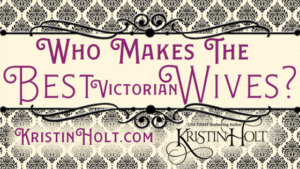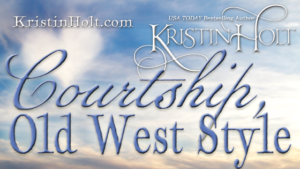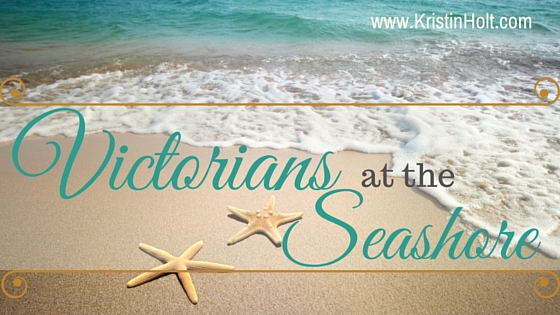
by Kristin Holt | Jul 21, 2016 | Articles
You’re likely familiar with Victorian-era “bathing costumes”–puffy dresses with pantaloons that still leave much to the imagination, thereby protecting the Victorian sense of propriety and decency. Inside this article, I share images of men’s bathing suits, attitudes (about bathing suits) expressed in United States newspapers of the day, and informative glimpses into a man’s view of a woman’s reasons for bathing in the sea before an audience…or not. A romantic tragedy on Coney Island in 1875 illustrates the dangers of the Victorian’s passion with immersing themselves in the sea.
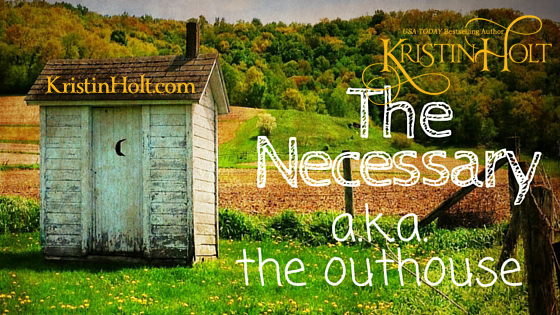
by Kristin Holt | Jun 5, 2016 | Articles
The necessary (a.k.a. outhouse) had many Victorian Era-appropriate euphemisms: Quincy, small room, washroom…and was replaced with modern indoor plumbing both very early (1820’s at the White House) and very late (1950’s) in rural America. What did homeowners do when the necessary filled up? (ewww!) When was toilet paper invented? Why did outhouses have more than one seat?
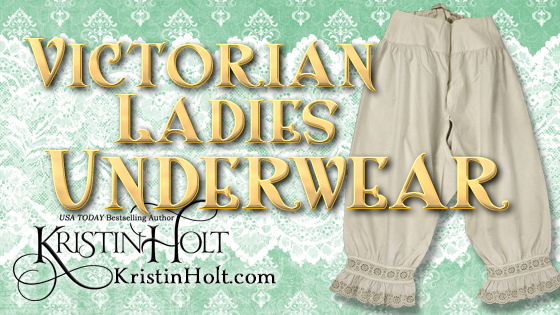
by Kristin Holt | May 24, 2016 | Articles
Throughout the 19th century, ladies undergarments remained quite similar. Drawers (or bloomers), yesteryear’s most related item to today’s panties, ranged from knee- to ankle-length, were constructed of various fabrics, and were held up by a button or drawstring, with an open crotch.
Item listings in vintage catalogs and magazines illustrate the standard items available via mail-order throughout the United States Victorian era.
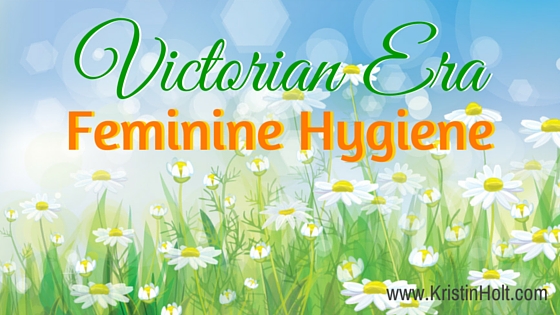
by Kristin Holt | May 21, 2016 | Articles
Open discussion of a woman’s menstrual cycle (and hygiene needs) are a relatively new development, but women have been coping without modern feminine hygiene products for millennia. The Victorian-era American women had many conveniences for their day, including ready-made, catalog-ready products marketed specifically for them. Hygiene often included douching with specially designed syringes. The timing of the first truly disposable product just might surprise you. This article contains images from the Sears, Roebuck & Co. catalog and Montgomery, Ward & Co. catalog of the day.
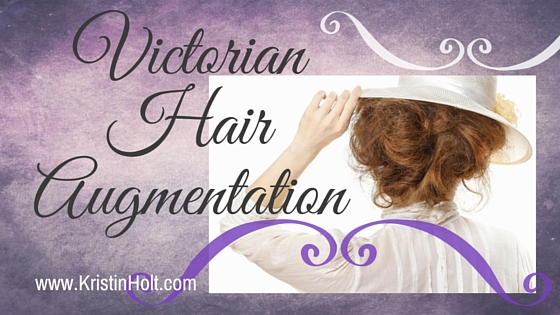
by Kristin Holt | May 12, 2016 | Articles
Victorian-era Americans (both men and women) had ready access to commercially prepared human hair pieces. Women wore them to achieve the style of the day without cutting their hair or to achieve the fullness and length considered stylish and desirable when their own hair couldn’t grow to such amazing lengths. Mail-order catalogs of the period provided a wide variety of products, appealing to men and women alike, including products purported to restore gray hair to the color of youth.








